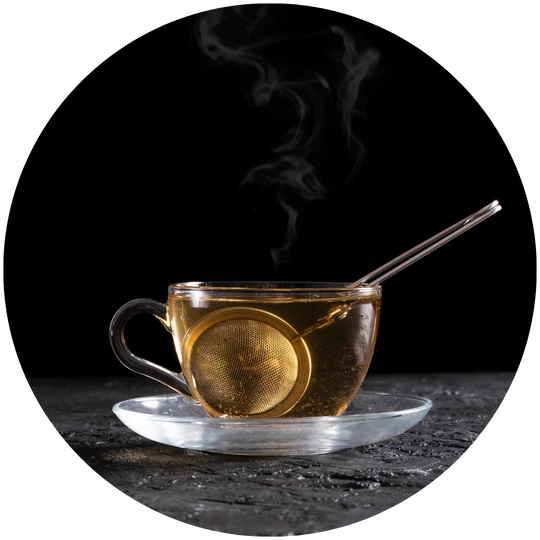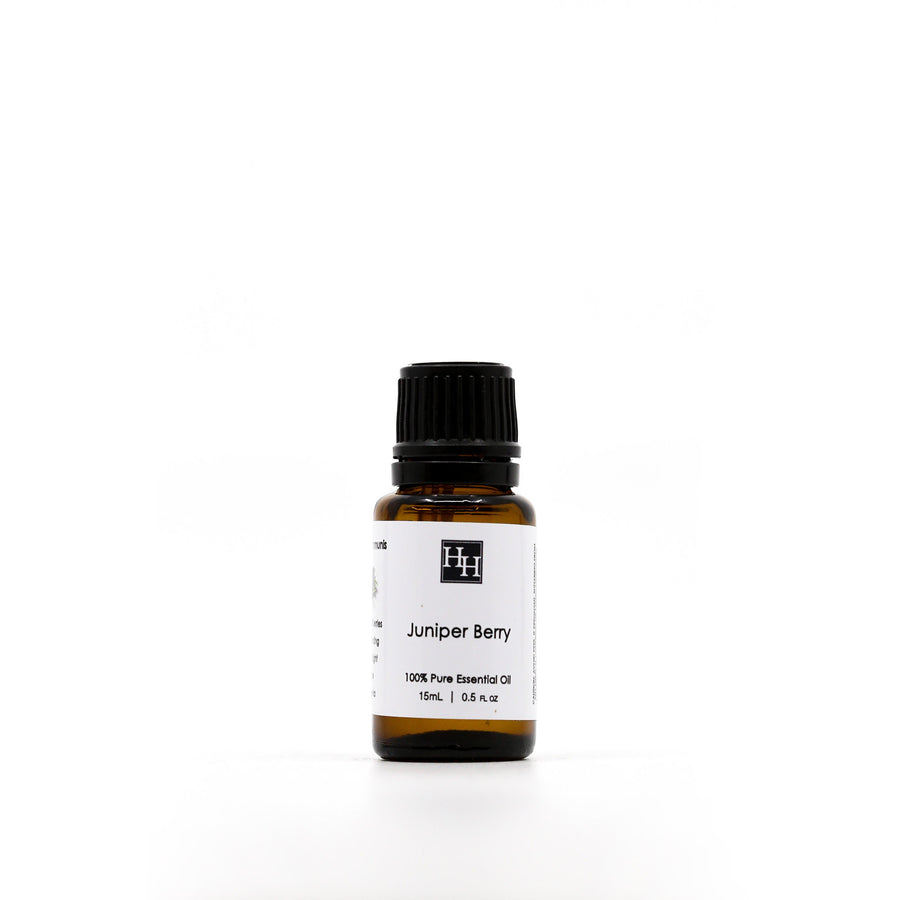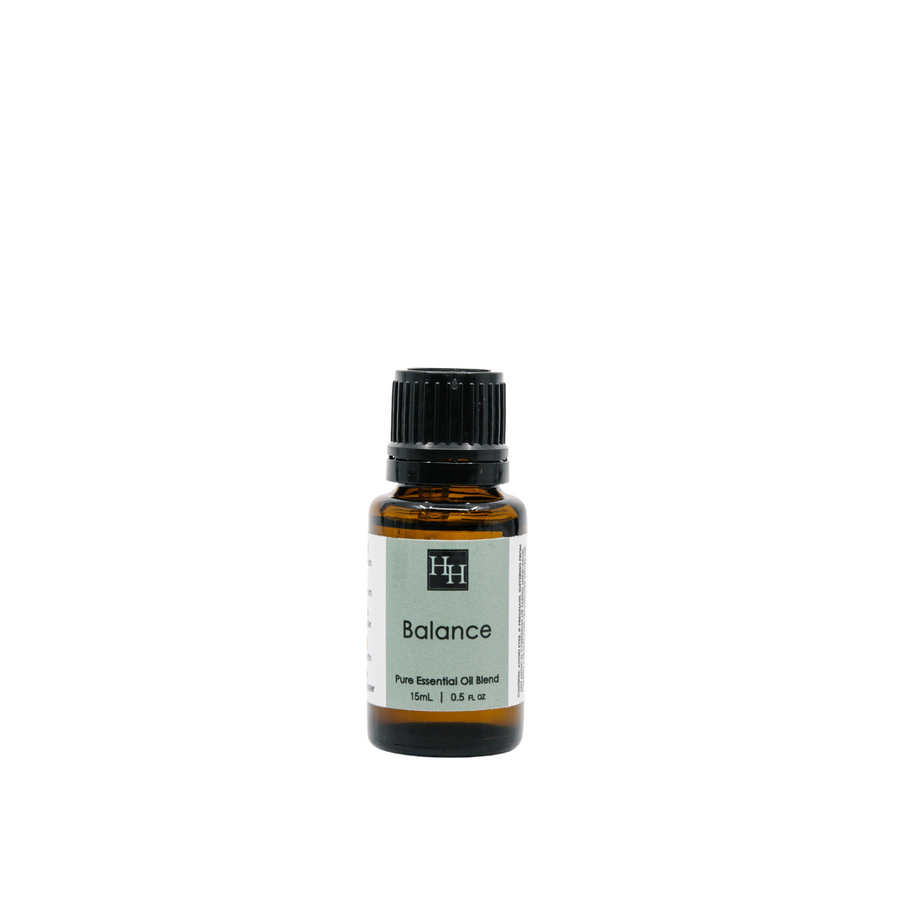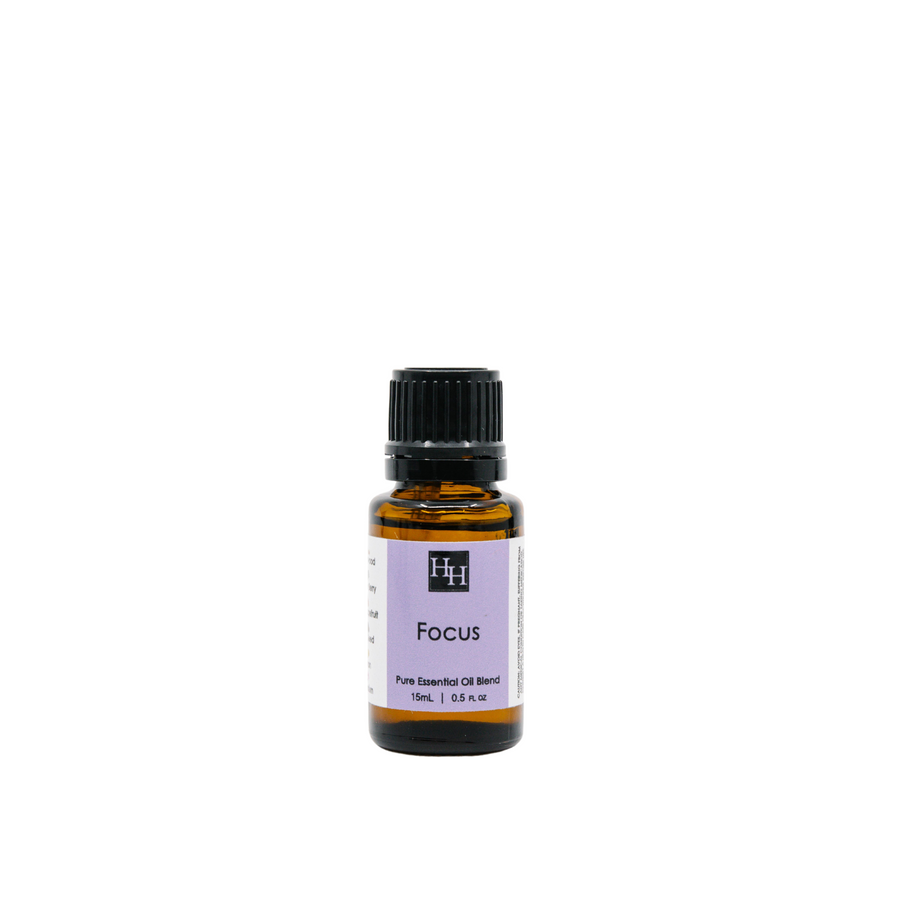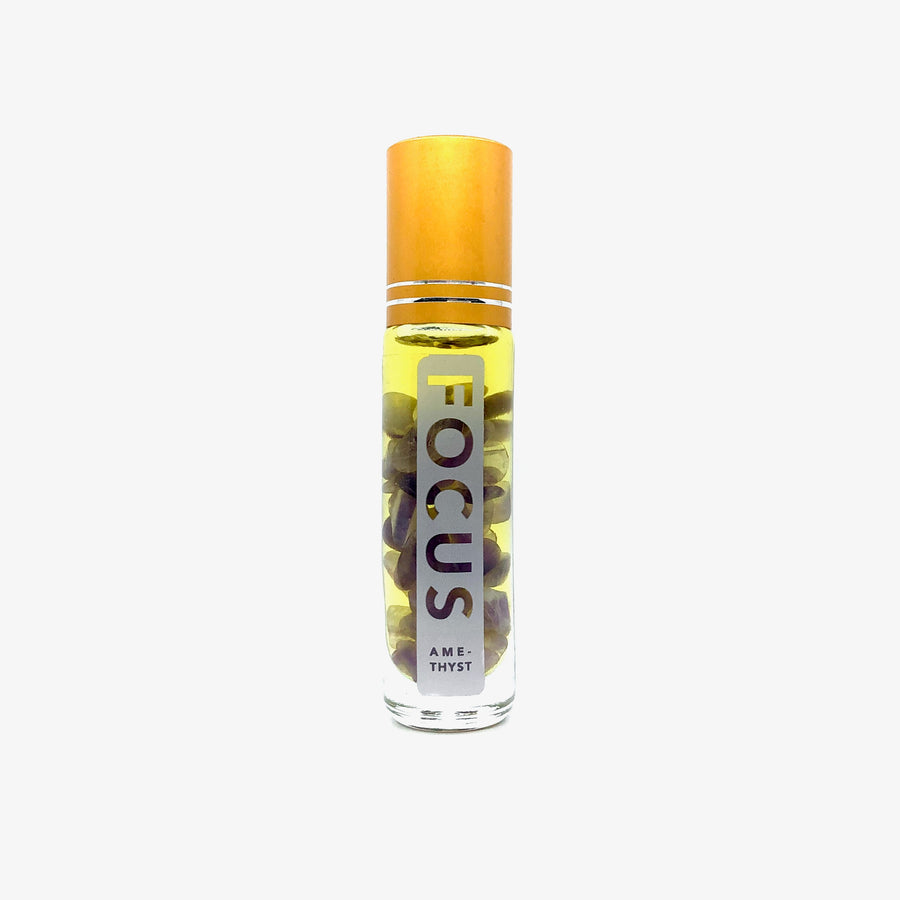
Latin: Juniperus communis
Part Used: dried ripe berries
Constituents: monoterpenes, sesquiterpenes, invert sugar, flavone glycosides, resin, tannins, organic acids
Medicinal Actions: diuretic, antiseptic, carminative, antirheumatic
Juniper Berries are in fact not berries at all, but a fused seed cone. This evergreen plant is native to Europe, Asia, and North America, and the berries carry a distinctive pine-like scent.
These days, Juniper Berries are probably best known for giving gin its unique herbaceous scent and flavour, but the folklore around Juniper stretches as far back as Ancient Egypt, where Juniper berries were the symbol of the Canaanites fertility goddess, Ashera. In Western European folklore, Juniper was thought to have a protective quality — a Juniper tree planted by the door of a house would prevent a witch from entering, and in Scotland an incense of Juniper was used to ward off the evil eye. Similarly, in Tibet, Juniper has been used to remove demons. In Celtic celebrations of Samhain (Halloween), when the veil between worlds was considered to be at its thinnest, people burned Juniper as a way to encourage contact with the Otherworld.
Juniper has a number of health benefits that support the liver, kidneys, and digestive system, as well as boasting antiseptic and anti-inflammatory properties.

ESSENTIAL OIL
In essential oil form, Juniper has a calming and grounding effect. It’s herbaceous pine-like aroma is known to relax the mind, as well as cleanse and purify the air. Juniper Essential Oil is especially effective in a massage or bath oil, as it can help ease muscle pain and tension.
TEA RECIPE
To make an infusion of Juniper Berries, pour 1 cup of boiling water over 1 teaspoon of lightly crushed berries and leave for 20 minutes.
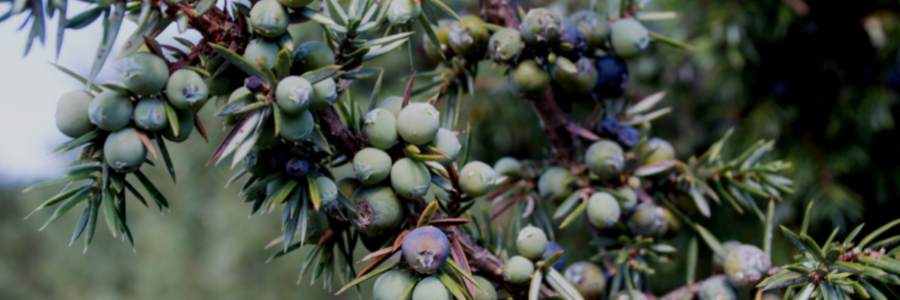
Identifying
Features & Cultivation
Juniper grows best in cool, temperate climates. This evergreen shrub is hardy and can grow to about five feet tall.
The green berries darken to a purple colour as they ripen. Ripe berries can be harvested in early autumn.






